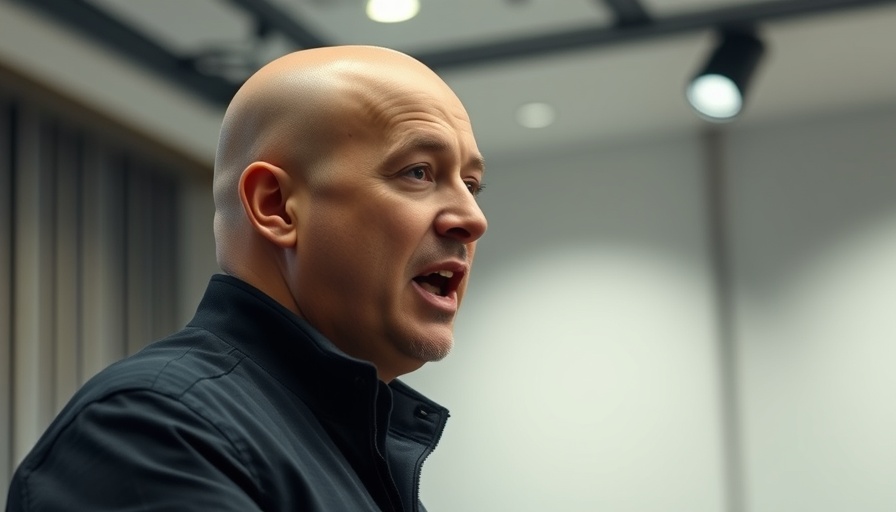
Understanding the Allure of Luxury Marketing
Luxury brands have mastered the art of creating an irresistible allure, appealing not just to the wealthy but also to everyday consumers who seek status and exclusivity. Recent insights reveal that around 60 percent of luxury buyers come from low to medium-income segments, demonstrating that the desire for luxury transcends mere financial capability. The luxury market is built on emotional triggers and experiences designed to make consumers feel special. From opulent store designs to personalized service, these brands craft an environment that elevates buying from mere transaction to an unforgettable experience.
The Role of Psychological Triggers in Purchases
One of the key tactics employed by luxury brands is leveraging psychological triggers. For example, the dopamine release associated with making a purchase can create an addictive pleasure response. This occurs as consumers associate their luxury purchases with feelings of self-worth, belonging, and elevated status. It's crucial for MedSpa owners to recognize that by enhancing customer experiences through personalized attention and emotional appeal, they can foster loyalty and boost client retention.
Creating the Illusion of Exclusivity
Scarcity is another powerful marketing tool. By limiting product availability, luxury brands generate urgency among consumers. This 'fear of missing out' significantly drives impulse purchases, pushing buyers to act quickly. For MedSpa managers, creating a sense of exclusivity can enhance the appeal of high-demand services or products. Offering limited-time promotions or exclusive member benefits can not only increase service uptake but also position the MedSpa as a coveted destination for aesthetic treatments. Brands like Louis Vuitton thrive on this model, ensuring that their clientele feels they are part of an elite group, a feeling that can be mirrored in the MedSpa environment.
Elevating Perceived Value Through Strategic Pricing
Premium pricing strategies are a hallmark of luxury branding, signalling to customers that the service or product is both high-quality and exclusive. For MedSpas, this means positioning treatments as premium offerings that embody prestige and quality. If priced correctly, these services can attract a loyal customer base willing to pay a premium for perceived superiority in luxury treatments.
Learning from the Luxury Brand Playbook
To adapt the luxury marketing strategies effectively, MedSpa owners must first understand their clientele's desires. Who do your clients aspire to be, and how does your MedSpa help fulfill those desires? Crafting narratives around customer transformations can resonate deeply with potential clients. If your marketing messages appeal to the aspirations and emotions of your clients, you’ll forge stronger connections and drive retention.
Developing Emotional Marketing Strategies
Ultimately, luxury brands succeed not just by selling products, but by selling a lifestyle and associated emotions. For MedSpas, crafting narratives around client experiences and transformational journeys is vital. Storytelling can engage potential clients on a deeper level, making them feel part of something greater than just a service. This emotional connection can be pivotal in client retention and attracting new leads.
Conclusion: Embrace Luxury Marketing Techniques
As the MedSpa industry continues to grow, adopting luxury marketing principles can help enhance operational efficiency and client engagement. By focusing on the customer experience, exploring exclusivity, and employing emotional marketing strategies, MedSpa owners and managers can effectively scale their businesses. The key takeaway is to make every interaction create an emotional impact, building lasting client relationships that translate into increased revenue.
Want to explore how these strategies can be integrated into your MedSpa model? Embrace the luxuries of marketing and transform your operational tactics.
 Add Row
Add Row  Add
Add 

 Add Element
Add Element 


Write A Comment